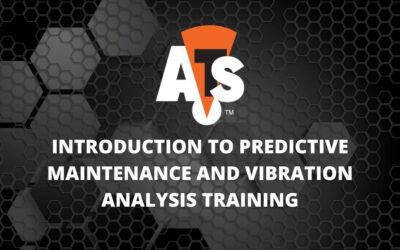You collected the data. You made the appropriate corrections, repairs, and improvements. Because of you and your team, the facility was able to avoid unplanned downtime and meet its production goals. That sounds like a great success story in the predictive maintenance and reliability world. But if that’s where the cycle ends for your program, you may be in for an unpleasant surprise.
Here’s the truth: you will need to generate cost justification figures if you want your program to survive in the long run. It’s that simple. It may not be necessary for every program in its initial stages, but there will come a time when you absolutely need it. Every business has a different structure and/or culture, but ultimately it always boils down to the almighty dollar. We like to consider all the aspects that a good reliability program affects; production, safety, uptime, quality, and many more. But far enough up the line, those all translate to dollars. If you can represent your reliability successes with financial figures, you stand a much better chance of growing your program or at the very least, avoiding budgetary cuts that can negatively affect your progress.
Often times we get caught up in the routine of the job. Data, analysis, reports, work orders, and so on. All these things are necessary, but it is imperative that you set aside time to justify your program to others. It does not seem natural to many in this position to promote their successes, which is often why it is ignored. You may not even find it to be necessary in your current situation. If corporate and the plant manager are on board and support your efforts, you may not see a need to generate and provide that information if they do not request it. I would caution you to reconsider. First, it will help you have a better understanding of your program’s finances, how they are allocated and their effectiveness. Second, you never know when there may be changes in your leadership. Global cooperate changes and local leadership changes can mean a whole new evaluation of your PdM program and the finances behind it. You’re much better off in those meetings if you can justify the “investment” with real data.
If you’re not already doing so, take some time to add cost justification to your process or demand it from your service provider. This data can be very powerful and mean all the difference to your program and its future. It would be a shame to lose a great predictive program because you were not willing to promote its successes. It has happened in other facilities; don’t let it happen to yours.






Performing a proper preventive maintenance on your engines and machines will extend the life of all the system. Besides you also save a lot of time, effort and money in the long run. Quite simply, the easiest risk to mitigate is the condition-based risk. Think deep from now to get more.
Thanks ATS so much for this useful sharing!